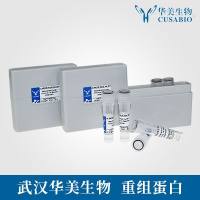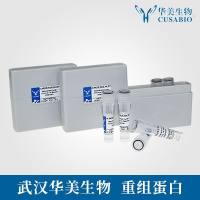Analysis of Ascarosides from Caenorhabditis elegans Using Mass Spectrometry and NMR Spectroscopy
互联网
互联网
相关产品推荐

Recombinant-Hordeum-vulgare-Low-molecular-mass-early-light-inducible-protein-HV60-chloroplasticLow molecular mass early light-inducible protein HV60, chloroplastic; ELIP
¥9968

Nrk1/Nrk1蛋白Recombinant Mouse Nicotinamide riboside kinase 1 (Nrk1)重组蛋白NRK 1;NmR-K 1;Nicotinic acid riboside kinase 1;Ribosylnicotinamide kinase 1;RNK 1;Ribosylnicotinic acid kinase 1蛋白
¥2328

Cell Cycle Analysis Kit (with RNase)(BA00205)-50T/100T
¥300

Recombinant-Zinnia-elegans-CLAVATA3ESR-CLE-related-protein-TDIFCLAVATA3/ESR (CLE)-related protein TDIF Alternative name(s): Tracheary element differentiation inhibitory factor Cleaved into the following chain: 1. TDIFp
¥9716

Recombinant-Hordeum-vulgare-Low-molecular-mass-early-light-inducible-protein-HV90-chloroplasticLow molecular mass early light-inducible protein HV90, chloroplastic; ELIP
¥9968
相关问答

